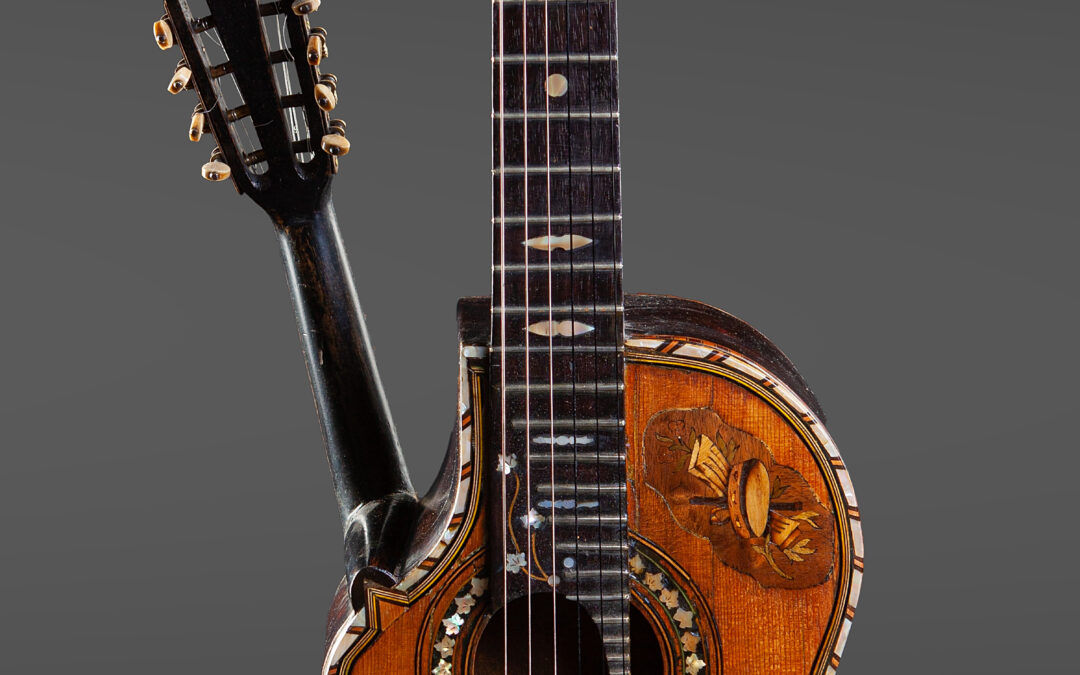
by mreichstadt | Nov 26, 2023 | Cordes-en
GUITAR-MANDOLIN Italy, 19th-20th century. Double instrument, one side of which is that of a guitar and the other that of a mandolin. The resonance box is made up of rosewood sides and a back of the same species located halfway up the sides. The soundboards, made of...
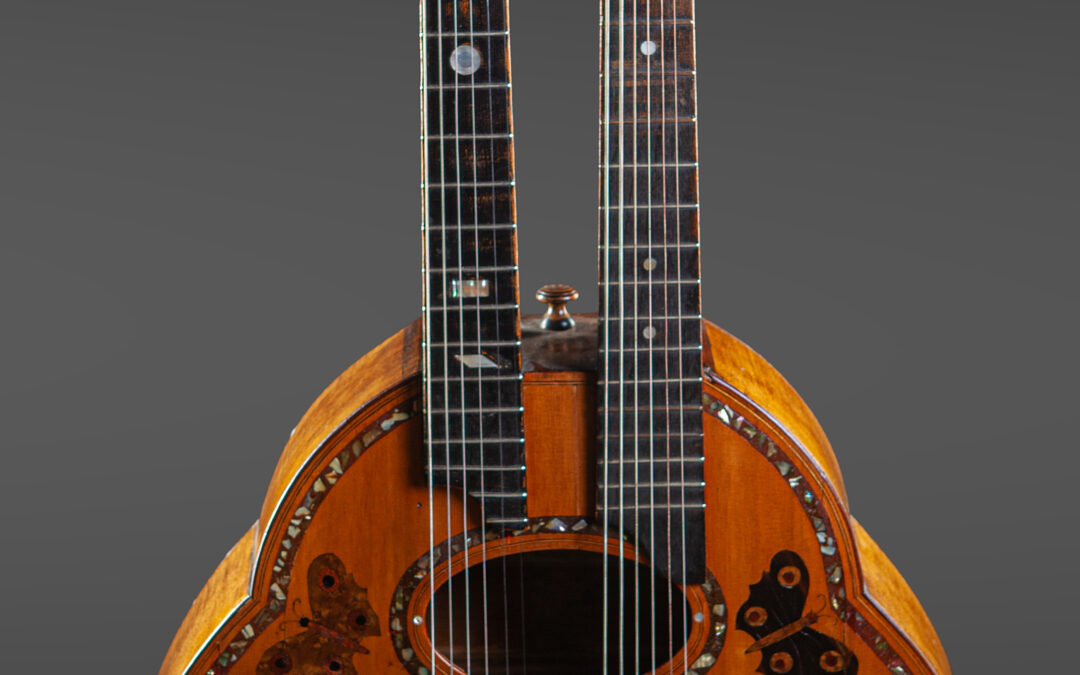
by mreichstadt | Nov 26, 2023 | Cordes-en
HARP – GUITAR Sicily, 19th-20th century. The back and sides are made of maple and the top is made of spruce. The two black varnished maple necks are respectively fitted with six and seven strings. The decoration of inlaid butterflies on the table and the border made...
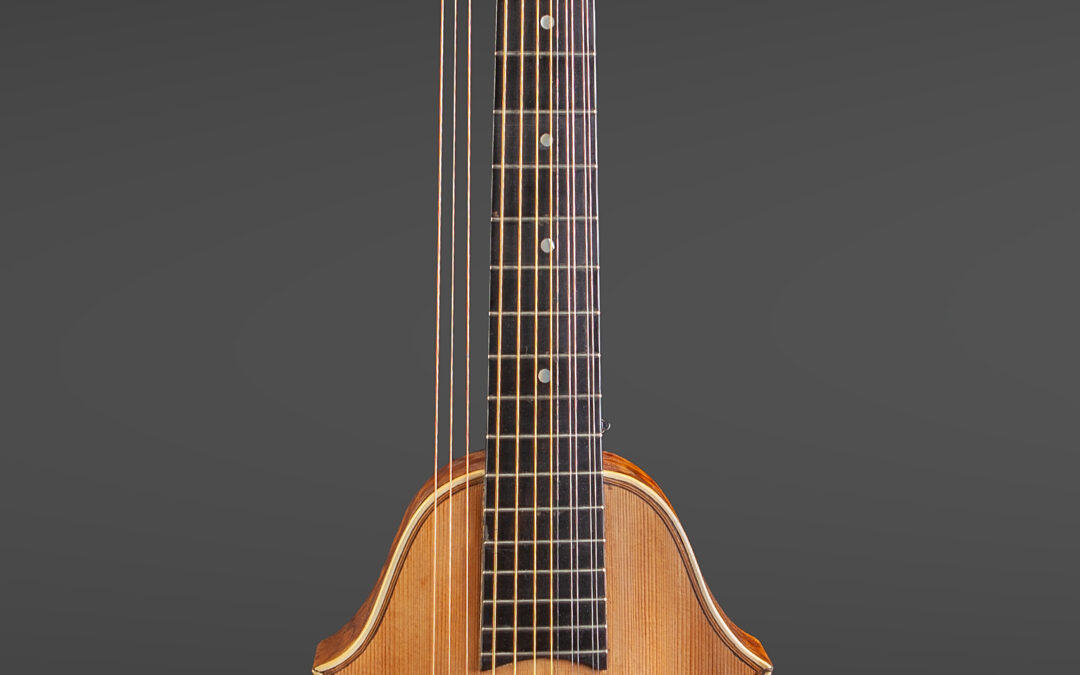
by mreichstadt | Nov 26, 2023 | Cordes-en
HARP – GUITAR Casimir LALLIET in Paris (1858-1923) This instrument was presented at the Universal Exhibition in Paris, 1900. It is described as follows in the jury report: “Mr. Lallié (sic) built a sort of theorbo with projecting pegs for the bass strings, the...
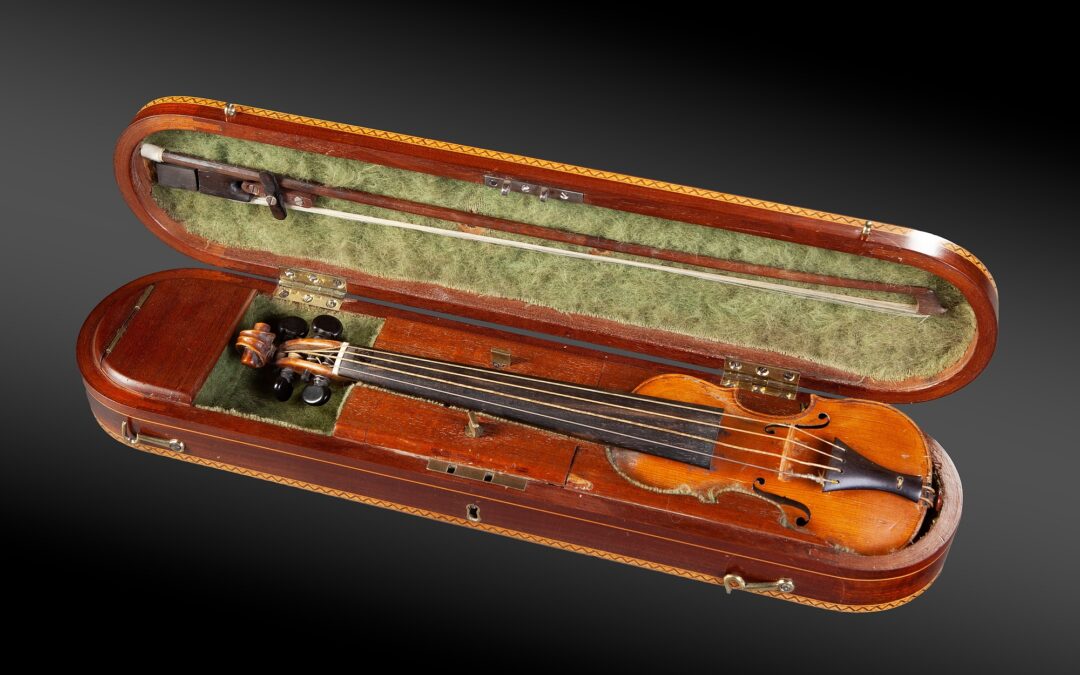
by mreichstadt | Nov 26, 2023 | Cordes-en
POCHETTE France 19th century. Violin of a dancing master from the Parisian school. The back and sides are made from a single piece to which the spruce sounboard is glued. Traces of an important old and good quality restoration are visible on the background. Following...
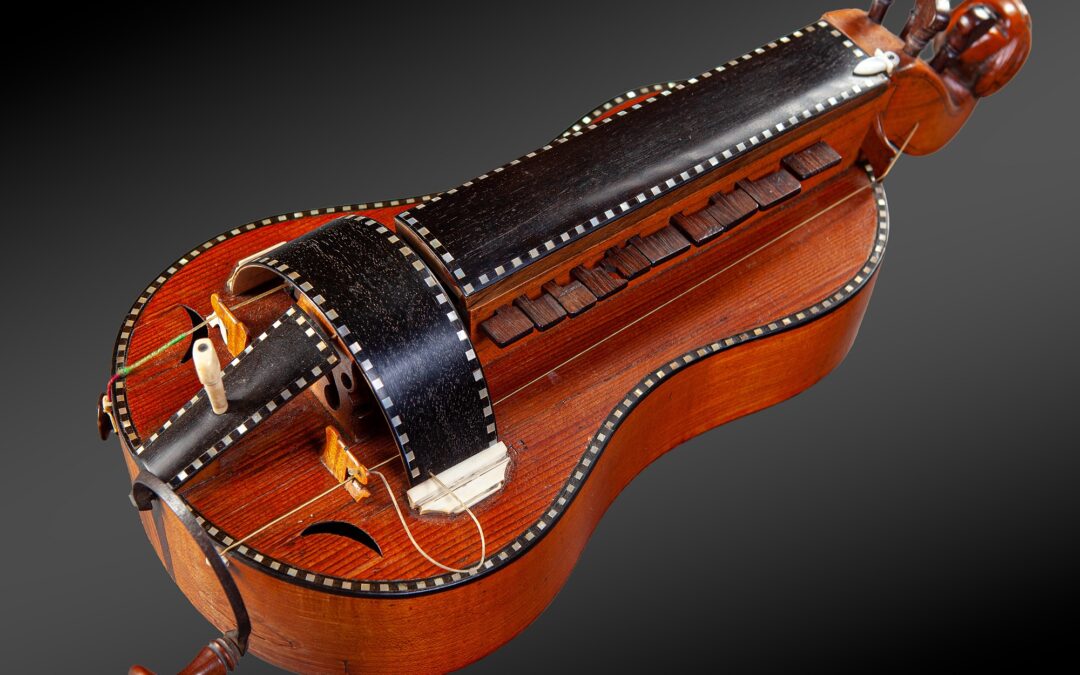
by mreichstadt | Nov 26, 2023 | Cordes-en
CHILD HURDY-GURDY Mirecourt 19th c. Flat body so-called “guitar hurdy-gurdy” whose body, in maple, is varnished in a honey color, as well as the spruce top. The pegboard, also in maple, is fitted with four rosewood pegs. The keyboard, wheel cover and tailpiece are...
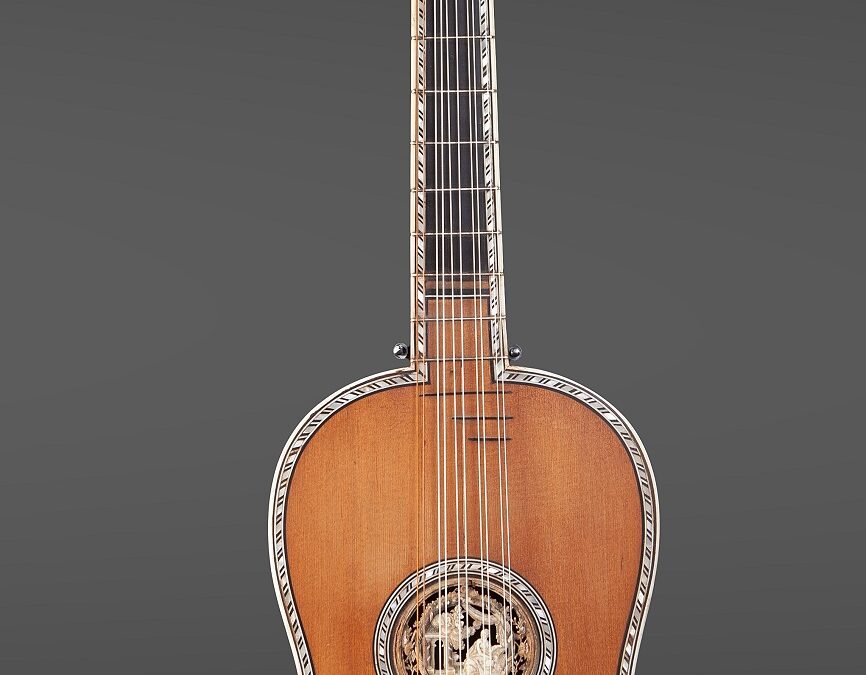
by mreichstadt | Nov 26, 2023 | Cordes-en
GUITAR by Sébastien Renault in Paris 18th century. Sébastien Renault (Paris, 1750-1829) was received as master luthier on June 27, 1777, the same day as his colleague François Chatelain. The two luthiers each had a personal workshop and then they joined forces around...






